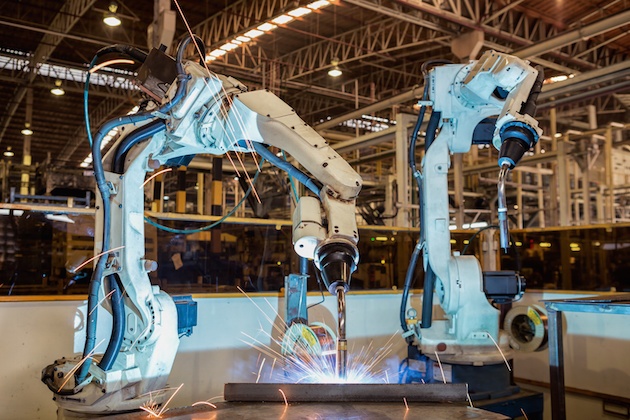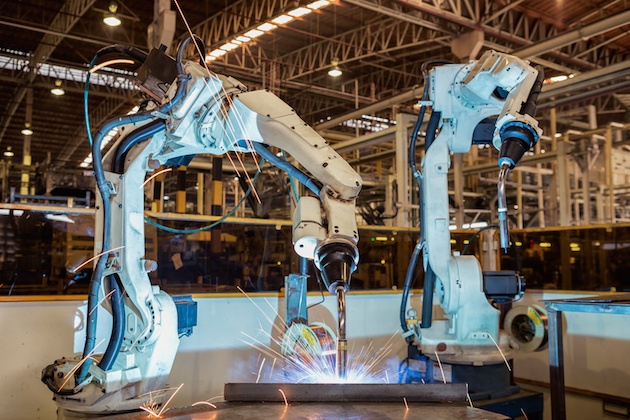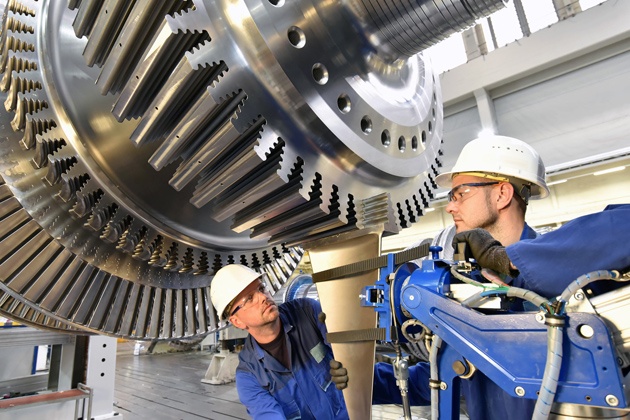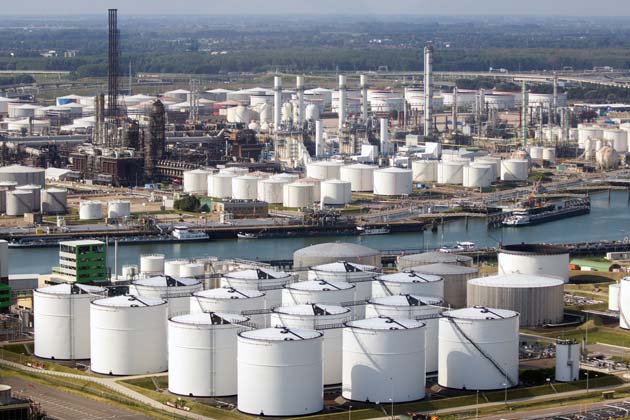
The UK manufacturing sector has seen its fair share of highs and lows, but we’re currently in a good period, with manufacturing output reportedly at its highest for 10 years. Around the globe, the trend continues. Manufacturing activity in the USA, for example, grew more than expected in December 2017.
One of the key reasons behind this increase in manufacturing activity is the increased use of technology. Industry 4.0 and the creation of smart factories is touted as the fourth industrial revolution – and we’re only at the very beginning. Technologies such as automation, robotics, data exchange, cloud computing and artificial intelligence are slowly dripping into the mainstream.
Increased adoption
This expansion in the use of technology is not reducing the need for human input and lowering the number of jobs; rather it is creating more roles for innovative, forward-thinkers to help propel manufacturing into a new age of increased output.
We’re just at the point where all of the different technological innovations within the manufacturing sector are starting to converge. More and more companies are looking at how they can integrate new systems and implement them into their workflow.
This means understanding what the technology can do and how it can be applied to meet a specific end goal within each business. The introduction of the right technologies could enable businesses to offer new services and products, open up fresh revenue streams, and drive capabilities forward.
In an article for The Manufacturer in December 2017, James Nightingale of Columbus is quoted as saying: “[Smart technology] will enable manufacturing businesses to offer other services that they may not have been able to offer before, like servitisation for example, where a manufacturer can provide a service instead of just a piece of equipment so that can then give a longer-term relationship with the end user and therefore a longer term revenue stream so it’s not just a one-time thing, it’s driven across a long period of time.”
Intelligent asset management
There are many key roles that technology is currently playing in the world of manufacturing. For example, additive manufacturing is picking up momentum, enabling production of bespoke components to be created to precise specifications and with little-to-no wastage.
Connectivity is an important technological step – something that we have all had in our daily lives for a while now, but is making real changes in the manufacturing industry. Improvements within asset management and tracking, for example, means that any individual asset can be located, tracked and monitored from a remote location to give real-time data and improve efficiency when it comes to finding tools, parts or other components for a project.
Taking this one step further is predictive maintenance and asset supply. Imagine a key piece of equipment in your production line breaks. You need to locate the part required to fix it, get it shipped to your location and get it fixed – which inevitably means downtime and reduced output, plus loss of revenue. With intelligent tracking, sensors can monitor your equipment’s health, predict any future problems and repairs, and enable you to pre-emptively prepare for a repair job. The aforementioned improvements in asset management mean that the part can be instantly located and arranged to be shipped to your location, without you ever having to lift a finger, so it’s in situ ready for the repair as soon as it is needed.
This is just one example of the way in which technology is improving the efficiency and output in the global manufacturing sector right now, but as we look to the future, the possibilities are endless.
 The role of technology in today’s world of manufacturing
The role of technology in today’s world of manufacturing

